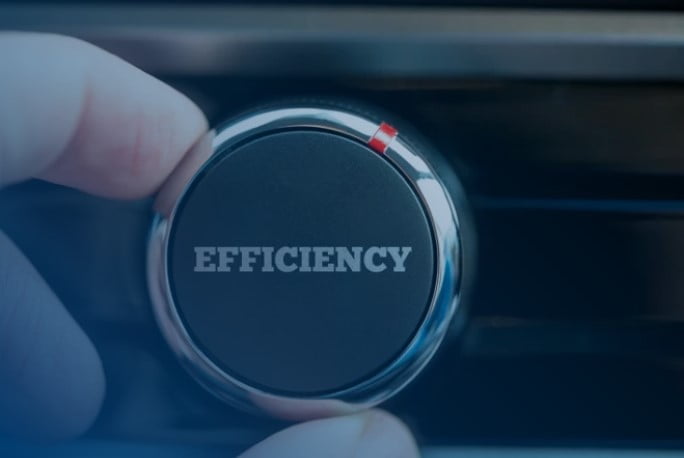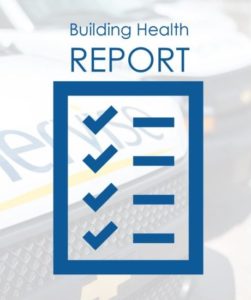Managing facilities or commercial buildings is a complex art and science, with many factors to consider and account for – which is why there are professionals who specialize in just this. However, while there is too much to know about facility management and operation cost management, we can answer a few common questions relatively easily.
Here is our list of the most common building operation cost questions and answers:
What is the biggest expense when it comes to building operations costs?
Most people don’t think of them, but the fixed cost elements of building operations costs tend to be the biggest operation expense.
What are building operation fixed costs?
Fixed building operations costs are the costs that are the same whether the building is open and operational or closed and empty. These include mortgage payments, building insurance, taxes and so on.
What is the average spent on utilities?
On average, commercial building owners will spend around 22% of their operational costs on power and water. That’s the second biggest line item on most commercial buildings’ annual operations cost bills.
How big of a factor is lighting in building operation costs?
According to the EPA, of the percentage of building operation costs spent on energy, about 35%, or a little over a third, is spent on lighting. Improving commercial building lighting efficiency by replacing lighting with energy saving LEDs or similar, and integrating it with a building automation systems can greatly reduce this number.
What is the biggest energy use in a buildings operation costs?
No big surprise here. Heating, cooling and ventilating a building (HVAC) accounts for over 40% of a typical buildings energy use.
Can building automation help cut costs?
Absolutely. In fact, installing an intelligent building control system that allows detailed programming and variable duty cycles can decrease building costs by around 15% as soon as it is operational, and will pay for itself (generally) within two years.
Is preventative building maintenance a cost saver?
Yes. In fact, not only will routine preventative maintenance prevent costly repairs in the long run, it will also ensure that your building functions as efficiently as possible, which means lower utility costs.
Are there low-tech ways to save on operations costs?
Since utility bills account for a significant chunk of variable building operations costs, it makes sense to cut costs there – and there are ways to do that in addition to high tech solutions like HVAC upgrades and building management systems.
Applying film to windows to limit UV penetration (and make rooms cooler before your HVAC system ever starts working) is one idea. Upgrading insulation is another. At the end of the day simply shutting off motors, controlling lumen (lights), plugging loads from devices that pull power, and tightening the building make a world of difference.
What are life cycle costs?
Life cycle costs are a way to measure the cost of improvements to building infrastructure over time. This allows building and facility management professionals to determine whether the cost to improve a particular element of a building or a system in it against the cost savings over the same period. If the cost of an upgrade over its lifetime offers an advantage over the building operational costs it will save, then it’s generally considered a good investment.
There’s a lot that goes into building operational costs, facility management, and determining the feasibility of upgrades or retrofits.
The right changes, however, can make a big impact on the variable portion of building operational costs, and should definitely be considered.




